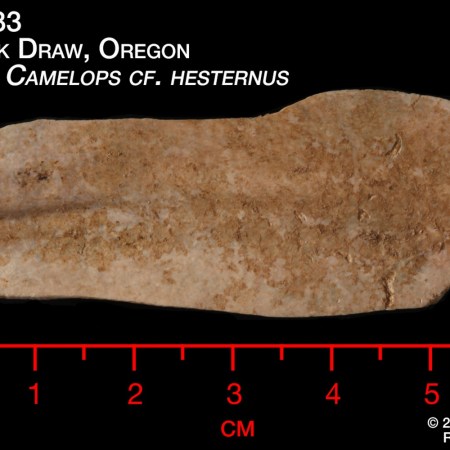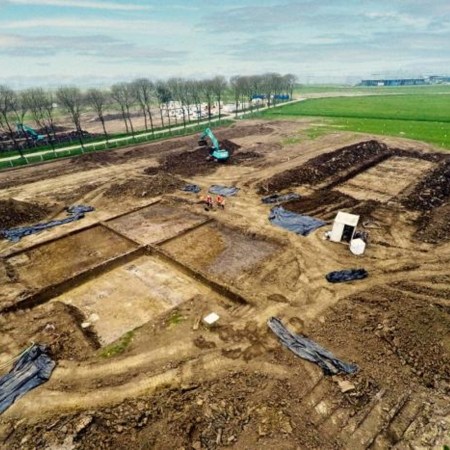New Mexico’s White Sands National Park is known for, well, its white sands. But tens of thousands of years ago, it was fertile ground, with parts of it sitting beside a lake — and it’s that aspect of its history that’s prompting scientists to rethink their conception of when humans first arrived in North America.
At the Wall Street Journal, Robert Lee Hotz has more details on a new find that might well upend the conventional wisdom of the story of human migration. The short version: archaeologists found human footprints dating back 23,000 years in what is now White Sands. Can footprints be that seismic in scope? In this case, yes. Hotz writes that they are “about 10,000 years older and about 1,600 miles farther south than any other human footprints known in America.”
This information comes from a paper newly published in Science, which notes that the footprints suggest “a temporal range extension for the coexistence of early inhabitants and Pleistocene megafauna.”
The debate over when humans first arrived in North America is one that’s shifted considerably in recent years. A BBC report published last year offers a good summary of the discussion — namely, that scientists largely believed that the Clovis people were the first to arrive in North America around 11,500 years ago. At the beginning of the current century, however, evidence began to accumulate that human habitation of the Americas began long before that.
As technology improves and further finds are uncovered, it’s likely that we’ll learn even more about the early days of human habitation of this continent. This find in New Mexico offers an even larger section of the bigger picture.
Thanks for reading InsideHook. Sign up for our daily newsletter and be in the know.


















